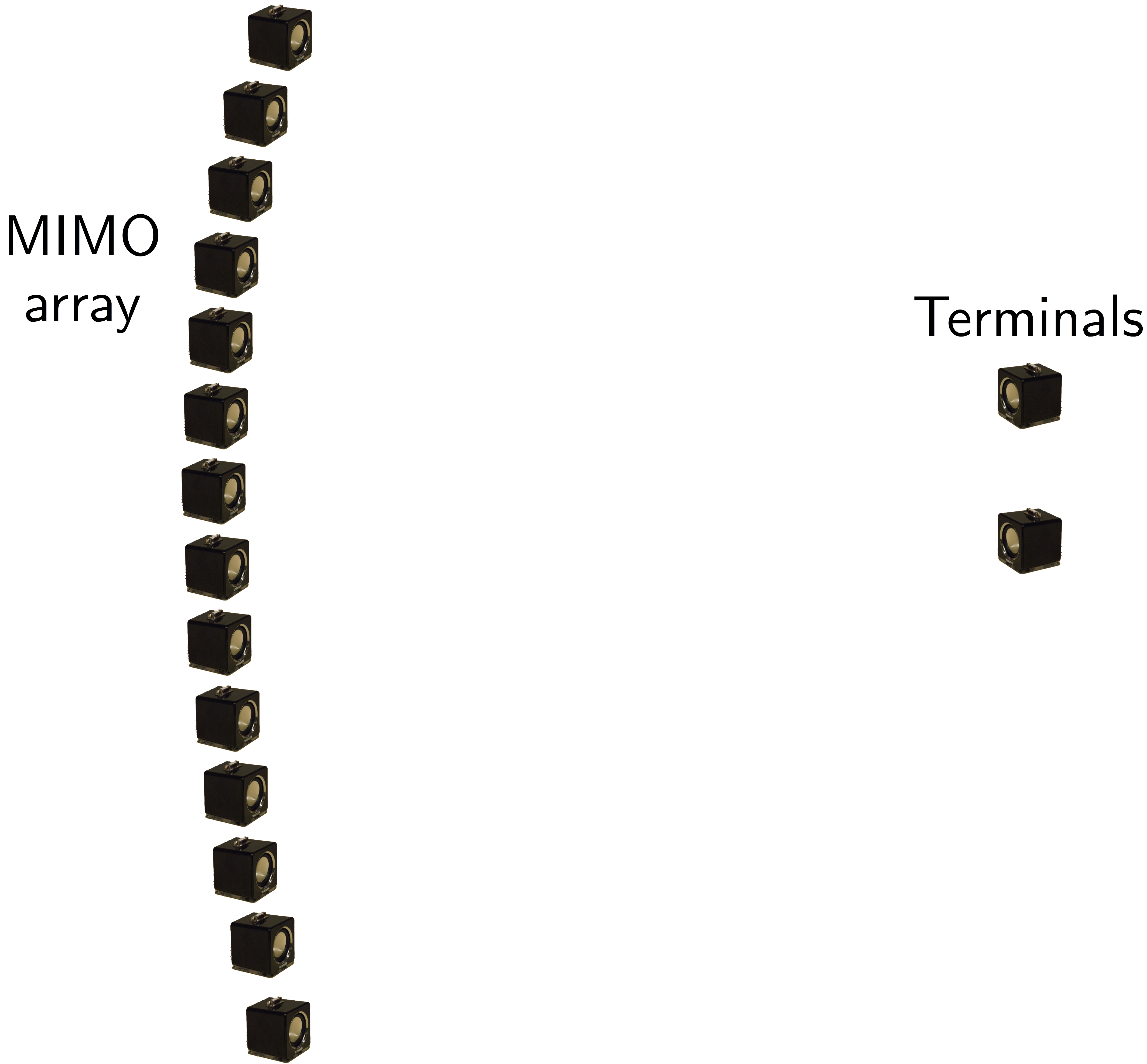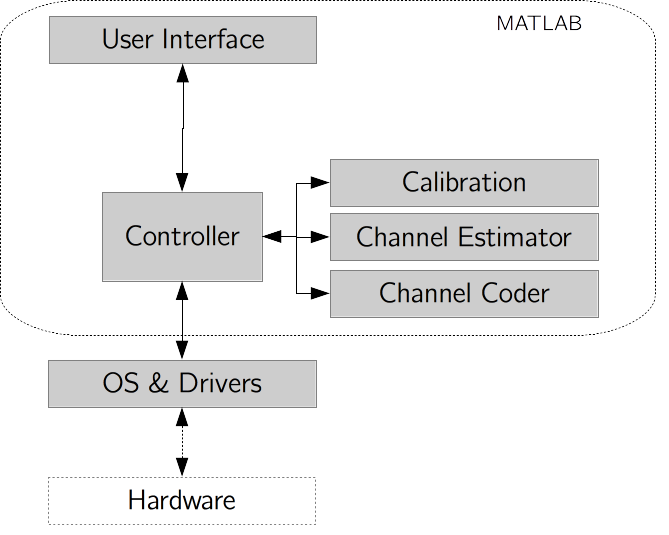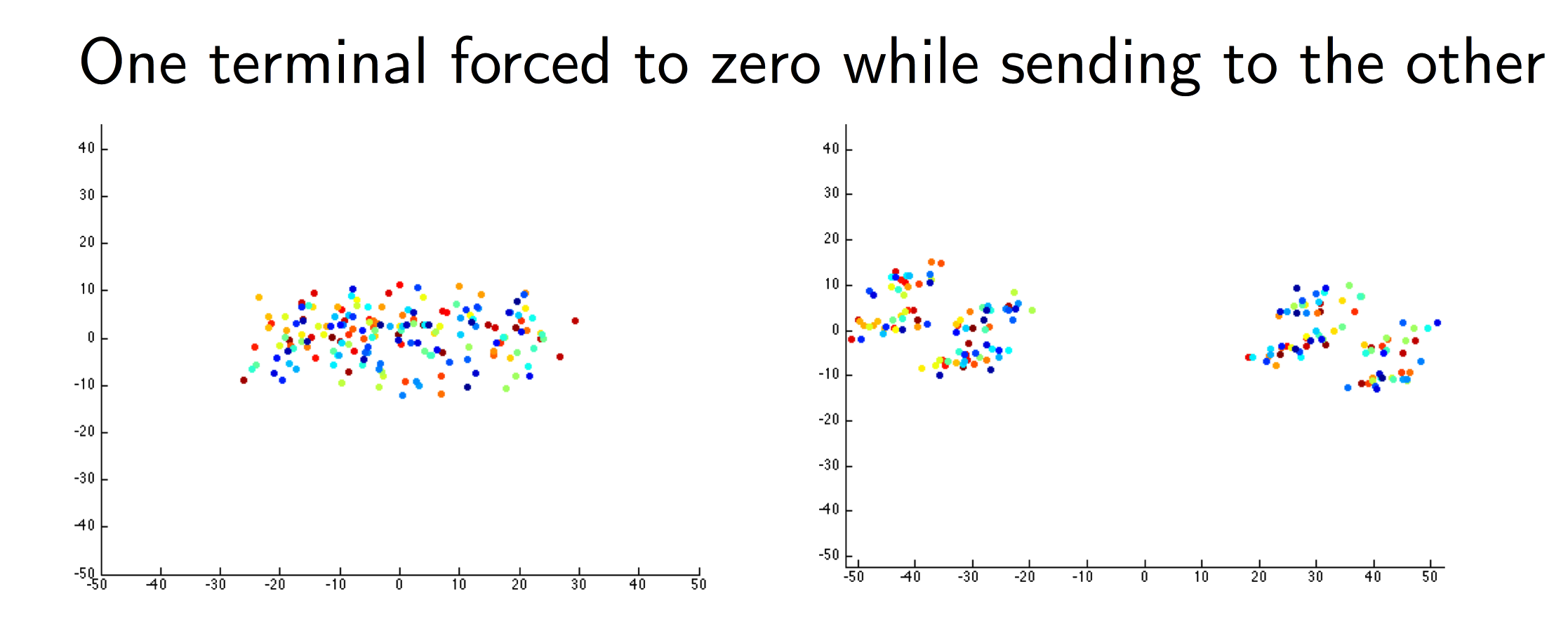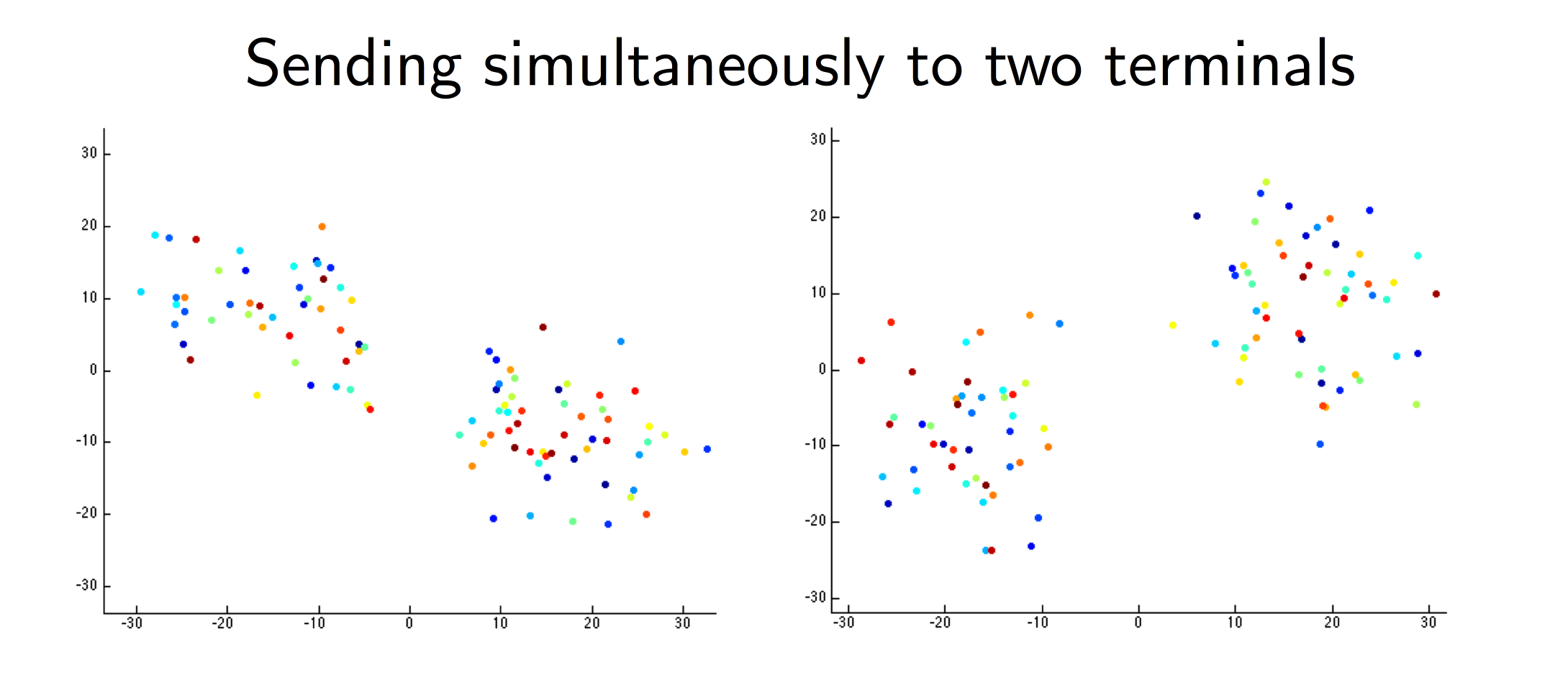The Project
The project in the course TSKS05 Communication Systems CDIO has been to demonstrate the capabilities of Massive MIMO in an audio environment, building upon the work done by a previous project, Massive Audio Beamforming. Using the hardware built in the previous project we have designed and implemented communication and Zero Forcing capabilities to the already existing system. The Zero Forcing and MIMO technique can ultimately be demonstrated in the implemented system by sending different data to two different terminals, simultaneously and error-free.





